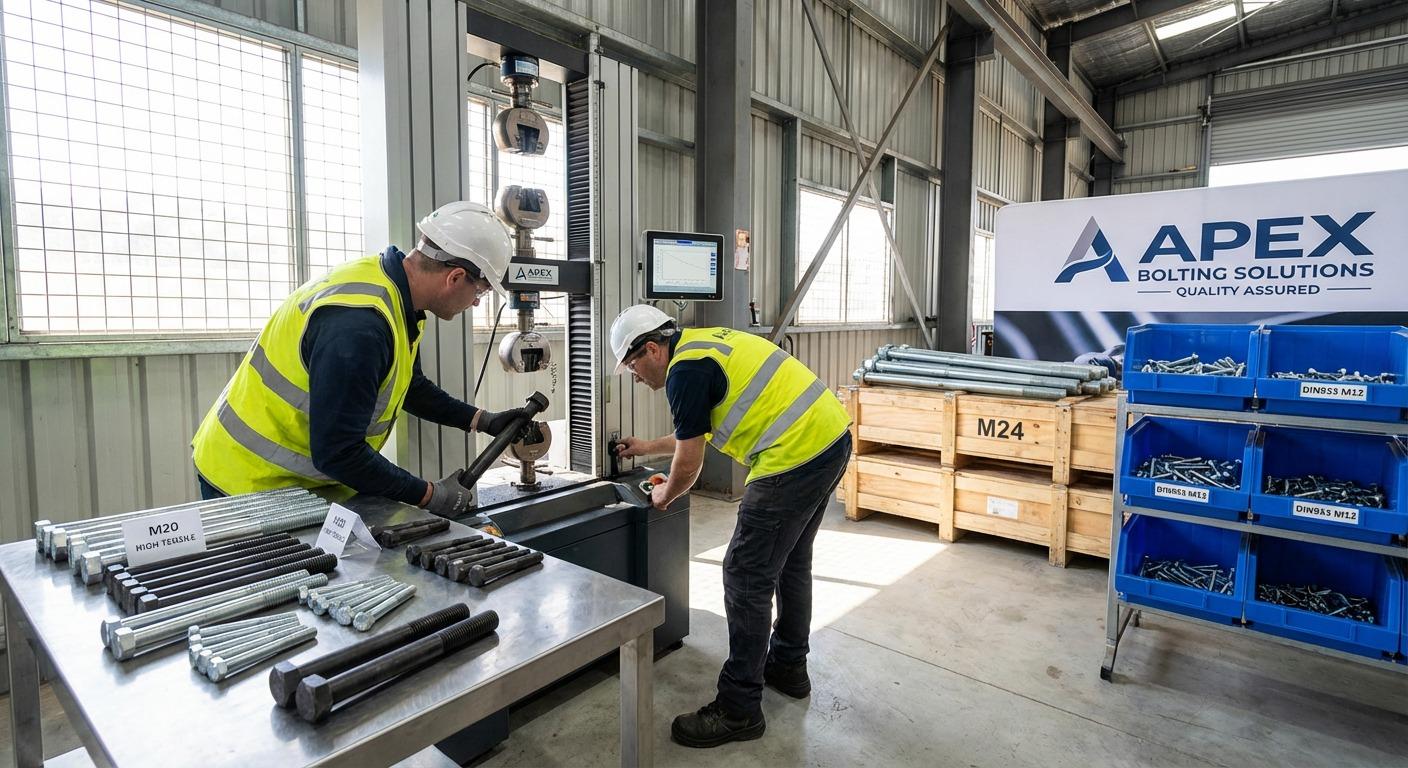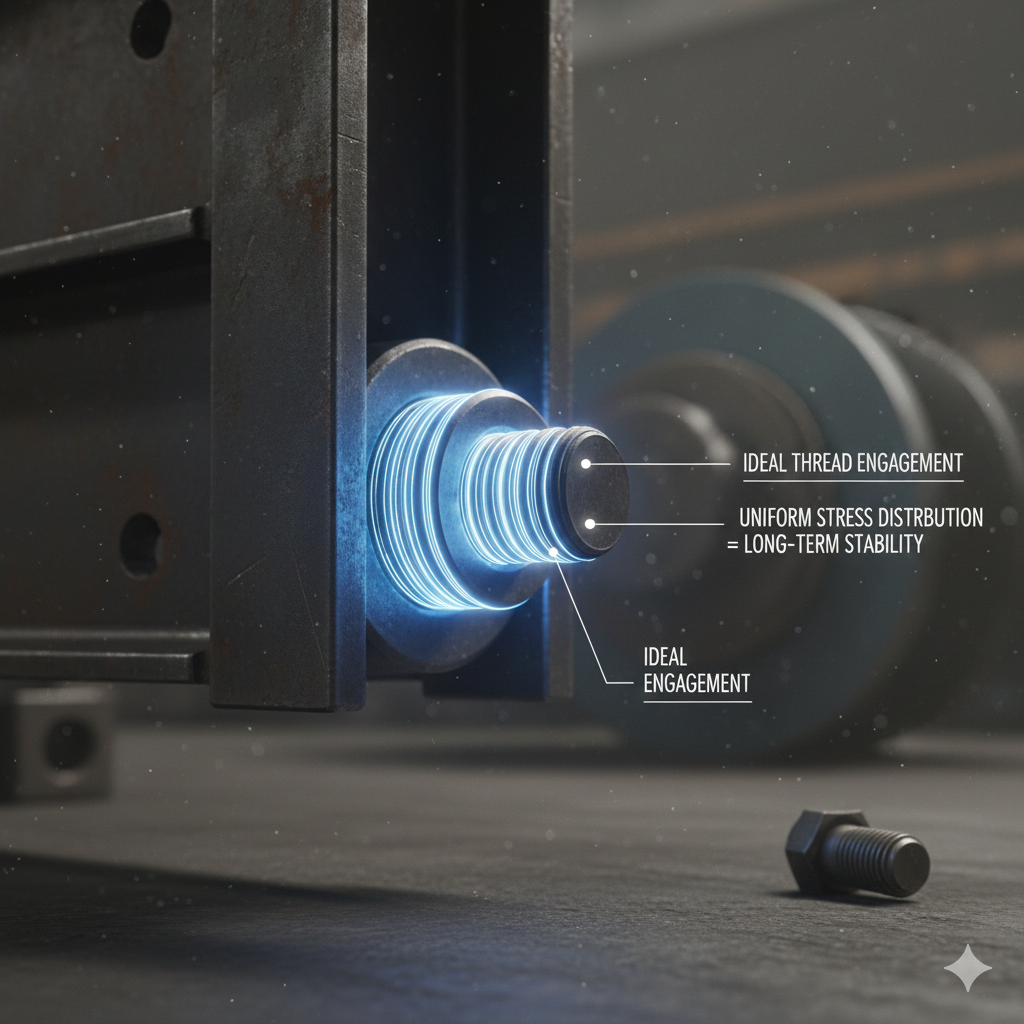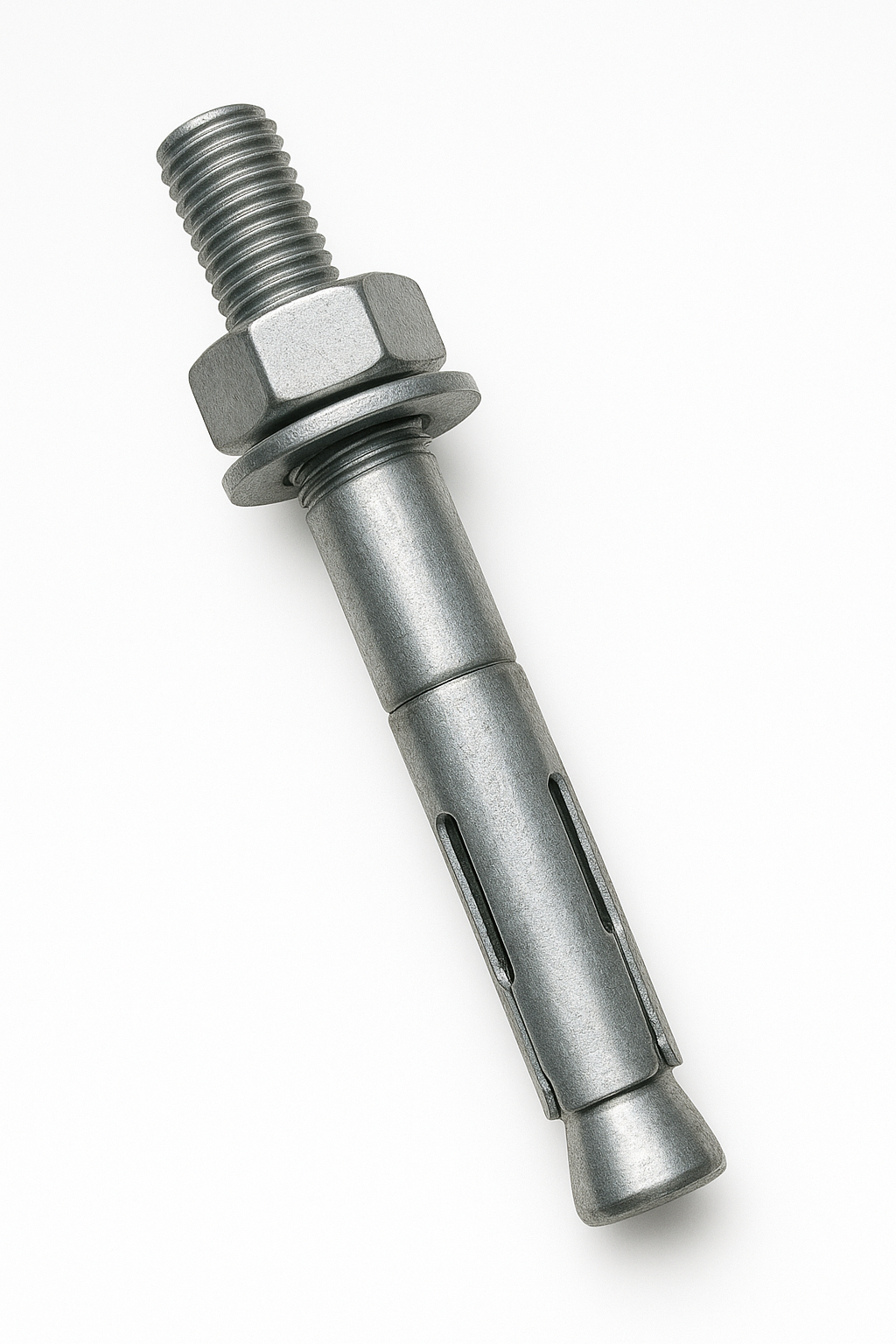The Essential Role of Nuts in Fastening
Nuts are fundamental components in the world of fastening, playing a crucial role in holding assemblies together. Among the myriad types available, the hex nut stands out as one of the most common and recognizable. These small but mighty components are indispensable in construction, automotive industries, machinery, and countless everyday applications. Understanding the specific types of nuts and their complementary hardware is key to ensuring secure and reliable connections. Without the humble nut, many of the structures and devices we rely on would simply not hold together.
Understanding the Hex Nut
The hex nut, characterized by its six-sided hexagonal shape, is designed to be tightened or loosened using a wrench or socket. This shape provides multiple points of contact for the tool, allowing for efficient torque application. Hex nuts are typically made from materials like steel (often carbon steel or stainless steel), brass, or nylon, chosen based on the required strength, corrosion resistance, and environmental conditions. They come in various sizes and thread standards, such as metric (e.g., M8) or imperial (e.g., 1/4 inch), to match corresponding bolts or threaded rods. The versatility and reliability of the hex nut make it a staple in both industrial and domestic settings, providing a strong clamping force when properly torqued.
Decoding the M8-1.25 Hex Nut and M8x16 Washer
When discussing specific fasteners, precision in terminology is vital. Let's consider the phrase "m8-1.25 hex nut compared to m8x16 washer". These are two distinct components that serve different, though often complementary, functions. An M8-1.25 hex nut refers to a metric hex nut designed for an M8 bolt (meaning the bolt has a nominal diameter of 8 millimeters). The '1.25' indicates the thread pitch in millimeters – the distance between adjacent threads. So, this is a specific size and thread type of a hex nut.
On the other hand, an M8x16 washer is a flat, disc-shaped component. The 'M8' signifies that it is intended for use with an M8 bolt or screw. The '16' typically refers to its outer diameter in millimeters (though this can vary based on washer standards like DIN 125 or DIN 9021, where it might be outside diameter or a nominal size indicator). A washer's primary functions are to distribute the load of a threaded fastener, prevent damage to the surface being fastened, and sometimes to act as a spacer or a spring (in the case of spring washers).
The Functional Distinction: Nut vs. Washer
It's important to clarify that an M8-1.25 hex nut and an M8x16 washer are not directly comparable in terms of function; one cannot replace the other. The hex nut is the component that threads onto the bolt to create the clamping force and secure the joint. The washer is an auxiliary component used *with* the nut (and/or bolt head) to improve the connection. Therefore, the comparison "m8-1.25 hex nut compared to m8x16 washer" isn't about choosing one *instead* of the other for the primary fastening role, but rather understanding their individual roles and how they interact. A common assembly would involve an M8 bolt, an M8-1.25 hex nut to secure it, and potentially an M8x16 washer placed under the nut (and/or under the bolt head) to distribute pressure and protect the material surface.
Why Use a Washer with a Hex Nut?
Using a washer, such as an M8x16 washer, with an M8-1.25 hex nut offers several advantages. Firstly, it increases the bearing surface area. This is particularly important when fastening softer materials, as it prevents the nut from digging into and damaging the material. Secondly, a washer can help to distribute the clamping load more evenly, leading to a more secure and stable joint. It can also protect the surface finish from scratches or indentations caused by the turning of the nut. In some cases, specialized washers like lock washers are used to prevent the nut from loosening due to vibration. The decision to use a washer, and the type of washer to use, depends on the specific application, the materials being joined, and the expected loads and environmental conditions. Choosing the correct nut and accompanying hardware like washers is critical for the longevity and safety of any assembly.







